 Last week I took the sleeper from Bangkok to Chiang Mai, a journey I related in the previous instalment of Brian’s Travel Spot. I had no firm plans for Chiang Mai, but a variety of circumstances (the poor air quality, the high temperature/humidity and, above all, my bad back, which has been getting steadily worse as the week’s gone on) conspired to convince me to stay in Chiang Mai itself for the whole week, where I spent my time exploring the local coffee scene, which, it turns out, is excellent.
Last week I took the sleeper from Bangkok to Chiang Mai, a journey I related in the previous instalment of Brian’s Travel Spot. I had no firm plans for Chiang Mai, but a variety of circumstances (the poor air quality, the high temperature/humidity and, above all, my bad back, which has been getting steadily worse as the week’s gone on) conspired to convince me to stay in Chiang Mai itself for the whole week, where I spent my time exploring the local coffee scene, which, it turns out, is excellent.
My plan had always been to return to Bangkok for the weekend before flying home on Monday, but I’d left the how/when open in case I decided to venture further afield when in Chiang Mai. With that ruled out, it was a simple question of how to get back. I briefly considered flying, but at twice the price of the sleeper, plus the hassle of getting to/from the airport, and the need to pay for an extra night in Bangkok, the balance was conclusively tipped in favour of the sleeper. Once that was decided, all I needed to do was work out which of the three available trains to take…
Since this is a fairly long post, I’ve split it into the following sections:
- The Sleeper to Bangkok: Train #10, #14 or #52
- Buying my Ticket
- Getting to Chiang Mai Station
- Special Express #10
- Leaving Chiang Mai and Dinner
- Sleeping on the Sleeper
You see which train I decided to take after the gallery, a round-up of the coffee shops I visited in Chiang Mai.
There are actually four (sensible) options when it comes to getting the train from Chiang Mai to Bangkok, but I quickly discounted the first of these, Train #8, the Sprinter. It leaves at 08:50 and 10½ hours later, deposits you in Bangkok’s Hua Lamphong station. At the bargain price of 640 Baht (just £14.50), it is attractive, but you do need to factor in the cost of an extra night’s hotel in Bangkok, plus you lose a whole day to travelling. On the plus side, you get to see the countryside, which, under other circumstances would have been attractive. However, with my back, which, at that point was making sitting down extremely painful, 10½ hours sat on a train was a non-starter.
That left the three overnight services. Express Train #52 is an interesting mix of third and second class seats, plus second class sleepers. The sleepers are a mix of fan-cooled carriages and air-conditioned ones. The latter use the same rolling stock that I travelled in on the way up to Chiang Mai. Express Train #52 leaves Chiang Mai at 15:30 and is a useful option if you’ve not seen the countryside south of Chiang Mai. By the time the sun sets, you should have left the mountains behind. The downside is the early arrival time in Bangkok, 05:25, plus you have less time in Chiang Mai itself.
The second option is the Special Express #14, the counterpart of the Special Express #13 that I took to Chiang Mai the week before. Leaving at 17:00, it gets into Bangkok at the slightly more reasonable hour of 06:15. You should see most of the mountains south of Chiang Mai before it gets dark at around 19:00 (obviously this equation changes depending on the time of year you’re travelling). A second class, air-conditioned lower berth on either of these trains should set you back 840 Baht (around £19).
The final option, and the one I chose, was the Special Express #10. This leaves at 18:00, reaching Bangkok at 06:50, which appealed to me more than seeing the mountains, which I’d already seen on the way to Chiang Mai. Plus it gave me an extra hour to spend on my final day in Chiang Mai. Another attraction of the Special Express #10 is that it has brand new rolling stock (introduced in November 2016 according to Man in Seat 61). This has the same basic configuration as the older stock (open sleeping berths in second class) but looked a lot more swish in the photographs.
In terms of price, you do pay a premium, an extra 200 Baht in fact, with the ticket working out at around £24.50 (or £4.50 more expensive) which, in the grand scheme of things, is neither here nor there, but which might be a consideration if you are travelling on a really tight budget.
Talking of which, I went to 12Go Asia to book my ticket again, but decided against it this time. With 12Go Asia, you have to collect your tickets and the ticket collection point is a hotel opposite the railway station. Although I could have collected my tickets on the day I left, that wouldn’t have given me any leeway to correct an errors had something gone wrong, so I figured that since I was going to have to the station to collect my tickets, I may as well go to the station and buy them in person. An added bonus was the £10 I saved in the process, 12Go Asia wanting to charge me £5 more for ticket, plus another £5 in fees.
You can see what happened when I went out to Chiang Mai station after the gallery.
Me being me, I decided to walk the 3 km to the station, which was a bad idea. The route from the Old City is utterly miserable. I didn’t help myself by doing it in the middle of the afternoon on a really hot (38⁰C) day, but even so, the walk is along a busy, traffic-choked road and there is nothing of merit to see along the way. Seriously, take a songthaew, tuk-tuk or a cab. And I say this as someone who likes to walk everywhere.
The station itself is really pleasant and, having not had a chance to look around on arrival, I took the opportunity for a good nose around once I’d completed my main business of buying a ticket. I was booking three days in advance and there were plenty of tickets left in second class, although it’s worth noting that since there is only one first class carriage per train and only two of the three trains have first class carriages, they sell out really, really quickly. If you absolutely want to travel first class, I recommend planning your journey several weeks in advance to be sure of getting a ticket.
Actually purchasing my ticket couldn’t have been easier. I just walked up to the window (there was no queue), explained which train I wanted and within two minutes I had my ticket, the clerk doing an excellent job of double checking that I had the correct day, train and class of travel. With that out of the way, I had a look around.
Chiang Mai is, literally, the end of the line, with four platforms, all terminating at a broad, open concourse, with a marshalling yard off to the left. There are no ticket barriers and no checks, so you’re free to wander around, which I did. I was there just as Express Train #52 was about to leave, so I had a good nose around (from the outside), marvelling at the (packed) third class carriages and the second class sleepers with fans in place of air-conditioning. Without wishing to be rude about Express Train #52, the rolling stock looked pretty decrepit, the only exception being the air-conditioned second class sleepers, which were the same type that I’d come up to Chiang Mai on. The restaurant car was the worst and looked like it had suffered a couple of kitchen fires!
I was there when Express Train #52 pulled out and even got a wave from the guard, although I could have done without the deafening blast on the horn. My fault, I guess, for standing right next to the locomotive! With Express Train #52 out of the way, attention turned to Special Express #14, the counterpart to Special Express #13 that had brought me to Chiang Mai, which was due to leave in 1½ hours’ time at 17:00. It was standing over on Platform 3, and no sooner had Express Train #52 cleared the station than the generators under each carriage were fired up. I’m guessing that this was to given the air-conditioning a running start before the passengers got on; after all, it was 38⁰C and the carriages had been standing empty all day!
I also got to cast my eye over some very modern-looking rolling stock, done out in silver, that was standing in a siding beyond Platform 1. This, I correctly surmised, was Special Express #10, due to leave at 18:00, but more of that later. By then, it was time for me to leave and continue my exploration of Chiang Mai’s speciality coffee scene (next stop, A Day in Chiang Mai).
You can find out how I got on when I came back on Friday to catch my train after the gallery.
I learnt my lesson from earlier in the week, although, in my defence, even I wouldn’t have been mad enough to do that walk while carrying a 20kg pack in the heat and humidity of an April day in Thailand. However, Chiang Mai is notorious for its lack of public transport. There are very few buses (for example, while there’s a bus to the airport, there’s no bus service to the train station) so if you aren’t going to walk, you are largely reliant on taxis or the ubiquitous Songthaews and tuk-tuks to get around.
For the uninitiated, tuk-tuks are three-wheeled contraptions which are like a motorbike at the front, but with a single, wide seat at the back, usually with open sides and a rigid roof. They act like taxis, but don’t run on meters, so you need to negotiate a price beforehand. They’re not a bad way to get around, although if you’re 6’2” like me, getting in the back can be a bit of a squeeze, while the lack of head room means you get to see very little of where you’re going. Also, I’m not convinced that the various rides I took in them did my back any good.
My preferred option, and the one I took on my ride out to the station, is the Songthaew. These are pick-up trucks with two benches on the back, one down either side. With enclosed sides and a roof, but open at the back, they’re designed as a cross between a taxi and a bus, the driver picking up a group of people going in the same direction, each paying a flat fare of 30 Baht. The alternative, which is what I ended up doing (usually because I was the only person going to that particular location), is to hire one for yourself, when you’ll usually pay anywhere between 50 and 200 Baht, depending on how far you’re going. For example, from the Old City to the train station cost me 100 Baht.
Having heard bad things about the traffic in Chiang Mai (and having seen it for myself!) I set off early for my train and surprised myself by arriving at 16:45. While Chiang Mai has plenty of seats on the concourse, they’re not really needed since, with more than an hour to go before my train left, it was already on the platform (Platform 4, where the Express Train #52 had been) with plenty of people having taken their seats.
I got on and got myself settled, having managed to get a lower berth this time (Seat 36, Carriage 4) then popped out to wave off Special Express #14 which was pulling out from Platform 3. Then it was time to explore.
You can see what I made of the train after the gallery.
The Special Express #10 (and its counterpart, #9 from Bangkok to Chiang Mai) has very modern rolling stock, resulting in a totally different experience from the Special Express #13, which felt like it was from a bygone era. That doesn’t necessarily mean that the new rolling stock was any more comfortable, since I enjoyed my time on the Special Express #13, but it definitely felt very different. There was a great sense of space and, frankly, modernity. Whereas the rolling stock used on Special Express #13 was very industrial, with exposed metal and bolts, all square corners and edges, the new rolling stock was all smooth surfaces, rounded corners and push-button, electric doors.
There were some definite advantages though. To start with, there’s a carriage right at the back of the train which I took to be a generator car, supplying electrical power for the whole train. This meant that each carriage didn’t need its own diesel generators, which makes for a much quieter ride, especially outside on the platform. Talking of quieter rides, even though I was at the end of the carriage again, this time, with the self-closing doors, it was a much quieter experience all-round. No more running with the outside doors open!
The configuration (for this run at least) was straightforward. After the generator car, there were four second class sleepers, each with 40 berths, then came the restaurant car, another four second class sleepers, a first class sleeper with private compartments and then the locomotive.
If you’ve read my description of the second class sleepers on Special Express #13, then the layout will be very familiar, with pairs of seats facing each other on either side of a central aisle. These push together to form a lower berth, while the upper berth folds down from above. Privacy is provided by curtains that pull across. At the end of each carriage there are two sit-down toilets, plus an additional urinal. These are all modern toilets and not simply holes in the floor which flush straight onto track (which was the case for Special Express #13). There are the obligatory two wash basins at the end of the carriage was well, although each of the toilets also had its own small washbasin.
Despite these similarities, there are plenty of differences too. For starters, there are no steel luggage racks in the aisle. Instead the luggage goes under seat, so it’s much easier to get along carriage, plus the doors at either end are wider too, so it’s very easy to get around. There are also large, steel luggage baskets suspended from the ceiling between every other pair of berths which are handy for the upper-berth passengers, although I didn’t see them being used very much.
The downside is that there didn’t feel like there was as much luggage space, and, with the luggage under the seats it was much harder to get anything out of your bag. The space under my seat was big enough for my large rucksack, but I had to put the rest of my things next to me on the seat, which, fortunately, was wide enough accommodate them. In that respect, the seats felt wider than Special Express #13 and I saw several couples sitting side-by-side on a single seat.
Another plus is that there’s a power outlet for every berth. This is tucked away, along with the reading light, behind the curtain for the downstairs berth, although it does mean that when the carriage is in seating-configuration, the two seats have to share one power outlet and it’s pot-luck which of the two seats has the power outlet. On my berth, the power outlet was by my seat, but on other berths it was by the upper berth’s seat. There’s also a small fold out table under the window with two cup holders, which was handy for my laptop, although you can’t really share it with the person opposite since it’s not big enough.
Another improvement is that each carriage has four TV monitors, one above the door at either end, with two more in the centre, facing opposite directions. These display useful information such as the train number, carriage number and the temperature inside and out. When we were underway, it also showed the speed (at one point we were cruising at the heady speed of 85 km/h). There is also journey information, including the time, the next station and estimated arrival times, all very hand if you are doing anything other than getting off at the final stop. The final part of the TV screen was showing a video on loop of a woman playing a piano which was very weird, although at some point after we pulled out of Chiang Mai this was replaced by a much more useful moving map.
One thing I hadn’t noticed when I took the sleeper up to Chiang Mai is that the carriages seem really short compared to those I’m used to elsewhere in the world, although since I’ve been back in the UK, I’ve been paying more attention to carriage lengths and I’m fairly sure I was imagining it. Like Special Express #13, the carriages are air-conditioned, but much fiercer. The internal temperature was 24⁰C when we got on, and dropped to 22⁰C when we were underway, which led to plenty of people putting on jackets.
You can see how the journey went after the gallery.
We pulled out of Chiang Mai on time and trundled off to our first stop, Lamphun, which was when the ticket inspector came past for the first and only ticket check. Half an hour into the journey, not long after Lamphun, the mountains starting closing in on either side and shortly after that, the attendant for our carriage started coming around making up the berths for the night. Unlike my experience on the train to Chiang Mai, she didn’t start at one end and work her way down. Instead she seemed to work on a case-by-case basis/when people asked.
By 18:45 some of the berths had been made up and there were people already heading to bed. My berth was done not long after that, with the attendant telling us what time we’d be called in the morning, which was welcomed by the French couple in the berth opposite. They were getting off somewhere at 4 o’clock in the morning and were worried about missing their stop. The whole process was very efficient, with our two berths being made in under three minutes, and the whole carriage converted in about 45 minutes.
We reach Khun Tan (which, in my head, will always been known as the dog station given the number of dogs running around the place) at 19:10, by which time it was completely dark outside. We’d stopped here on the way up to let a southbound train go by, and we stopped here again for 10 minutes, although nothing passed us this time.
At this point I decided to head down to the restaurant carriage which was also an upgrade on the older rolling stock. This one had proper, padded bench seats as well as free Wifi, although the coverage was rather poor in the mountainous areas, which is to be expected.
As well as being physically nicer, there was a more extensive menu. The same four options that I’d been presented with on the train up were there, but there were four further options: vegetarian, non-spicy, chicken and pork, plus a seafood dish. Unfortunately, they were out of pretty much everything! I’m not sure whether this was poor stock management or whether I was late ordering (I got there at 19:30, while the restaurant staff had been going through the train taking orders since before we left Chiang Mai, so maybe they’d just sold out).
In the end, I had a choice of two, one of which was the seafood option, so I had that. On the plus side, it was only 150 Baht and arrived promptly. As on the train up, the food was served in a plastic tray with everything in little compartments. The meal consisted of rice, sea-food (octopus, prawn and I’m not sure what else) in a spicy sauce and a tofu soup. It came with orange juice and banana cake for dessert. Although the sauce was too spicy for my palate, overall the quality of the food was better than on the train up.
I was finished by 20:00 and while I got the feeling that the staff would have been happy if I had stayed for as long as I liked, 30 minutes was all my back could take. Even that was a pleasant surprise given how bad it had been up until that point. I got back to my berth, pottered around for a bit and then, at around 21:30, I decided to call it a night.
You can see how I got on after the gallery.
As swish as the new rolling stock is, when it comes to the practicalities, there’s a lot to be said for the older rolling stock of Special Express #13. To start with, I was very glad I wasn’t in the upper berth because the ladder (basically two metal steps) looked entirely inadequate for the job!
I was also unimpressed with the lower berth, which, although nice and wide, was slightly shorter than the old rolling stock, which meant that I couldn’t lie down flat. Judging by how much I had to bend my knees, you probably need to be 5’10” or under. Another minor annoyance was that there was a gap between the seat and the side of the carriage, although in fairness, this may have been a problem in the older rolling stock: since I slept on the upper berth on that trip, I wouldn’t have noticed a minor detail like that.
However, I was worried about the possibility of losing things down the gaps, which wouldn’t have been that much of an issue except that the mesh pocket for storing personal items in was much smaller than on the old rolling stock, so much so that I could only fit my passport and glasses in there. That said, the hook that the curtains tuck behind turned out to be very useful since I was able to hang a small bag from it and put all my things in there instead.
With the seats pushed together, there was also more storage space for luggage underneath, so I was less worried about things being stolen in the night. Even so, I once again slept with my laptop and camera, just in case.
On the plus side, there was slightly more headroom than the top berth of the old rolling stock, although I’m aware I’m not comparing like with like. However, I could sit up and use my laptop more easily. Another positive was that the curtains provided something of a barrier from the fierce air-conditioning, making the berth quite snug.
Despite the problems with not being able to lie flat, I slept okay. Announcements started up at around 04:00, which is when the first of the passengers in our carriage were getting off. This seemed to be a general cue for people to stop being quiet and start talking noisily. The attendant also started converting the empty berths back to seats, which added to the noise.
Despite this, I managed to doze on and off until 05:45 and, I’m pleased to say, I was the last one up at 06:00 when the attendant came by with my wake-up call. By now the stations were coming thick and fast, having just gone past Don Mueang airport. It was a miserable, rainy morning, and I’d not missed much in terms of scenery on the way out of Bangkok a week ago. Most of the area on either side of the line looked like a construction site and, to the east of the tracks, what looked like a new elevated highway was being built parallel to the railway. A far cry from waking to the mist-wreathed mountains of Chiang Mai!
I decided to skip breakfast, partly because by the time I’d got up, it wasn’t long before we were scheduled to reach Bangkok and partly because I figured I’d eat when I got to my hotel. As it was, I had longer than I’d anticipated. We’d been pretty much on time the whole journey, right up until our last stop at 06:37. Unfortunately we then spent half an hour in a series of stops maybe 2 km north of the station, moving a short distance each time, then standing for 10 minutes or so, before moving on again. I’m not sure what the problem was, or if this is just standard practice, but eventually we rolled into Bangkok 40 minutes late at 07:30.
That said, I didn’t mind the delay. It’s not as if I had anywhere in particular to go. When it comes to the new rolling stock, it’s swings and roundabouts. Yes, it is a lot nicer than the old rolling stock, but I’m not convinced it’s any better or more comfortable at the end of the day. I’d happily take either train again and, quite frankly, it still beats flying hands down.
Now, where can I find a coffee shop that’s open at this time of the morning….?
If you want to find out what happened to my back, you can see how I fared when I flew back to the UK, while you can find out more about the trip on its dedicated page over on Brian’s Travel Spot.
For more about taking the train between Bangkok and Chiang Mai, plus some suggestions for other overnight train journeys in southeast Asia, see this article by The Smart Local.
Don’t forget that you can share this post with your friends using buttons below, while if you have a WordPress account, you can use the “Like this” button to let me know if you liked the post.



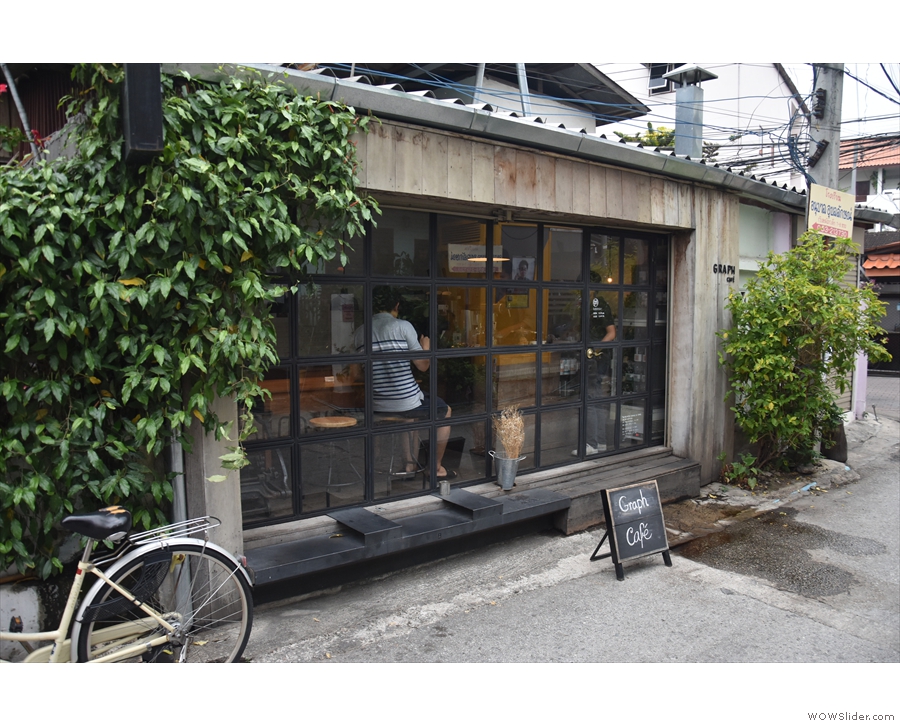












 1
1 2
2 3
3 4
4 5
5 6
6 7
7 8
8 9
9 10
10 11
11 12
12 13
13 14
14 15
15









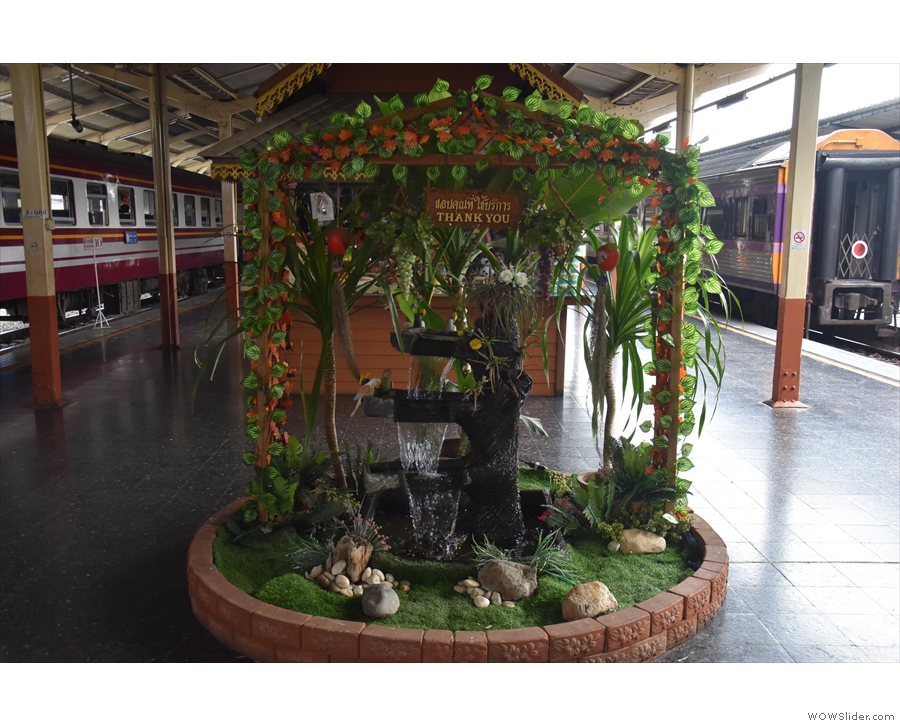


























 1
1 2
2 3
3 4
4 5
5 6
6 7
7 8
8 9
9 10
10 11
11 12
12 13
13 14
14 15
15 16
16 17
17 18
18 19
19 20
20 21
21 22
22 23
23 24
24 25
25 26
26 27
27 28
28 29
29 30
30 31
31 32
32 33
33 34
34 35
35 36
36 37
37














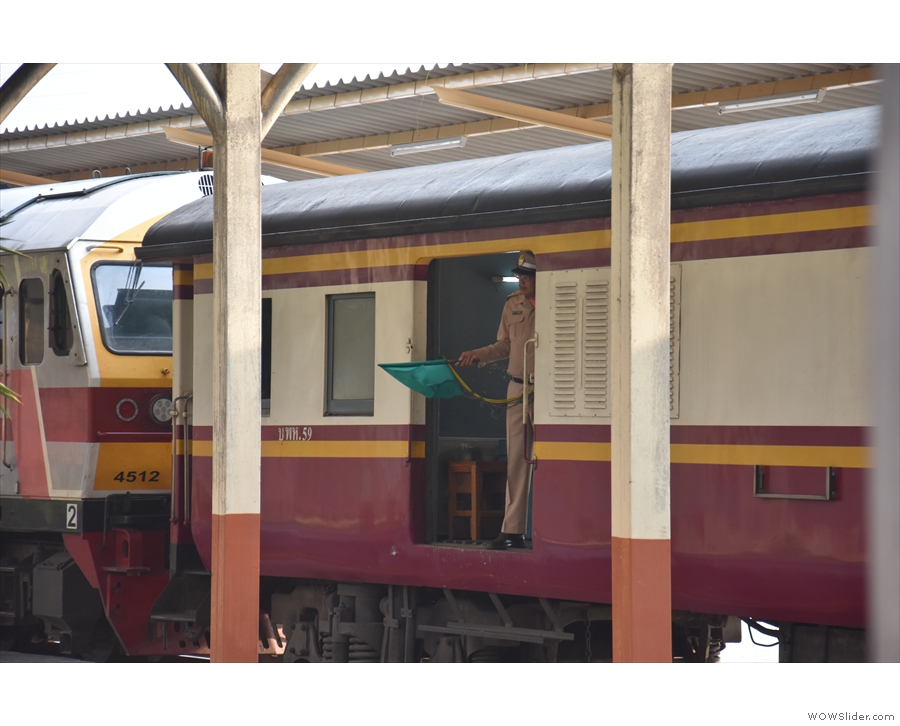



 1
1 2
2 3
3 4
4 5
5 6
6 7
7 8
8 9
9 10
10 11
11 12
12 13
13 14
14 15
15 16
16 17
17 18
18 19
19


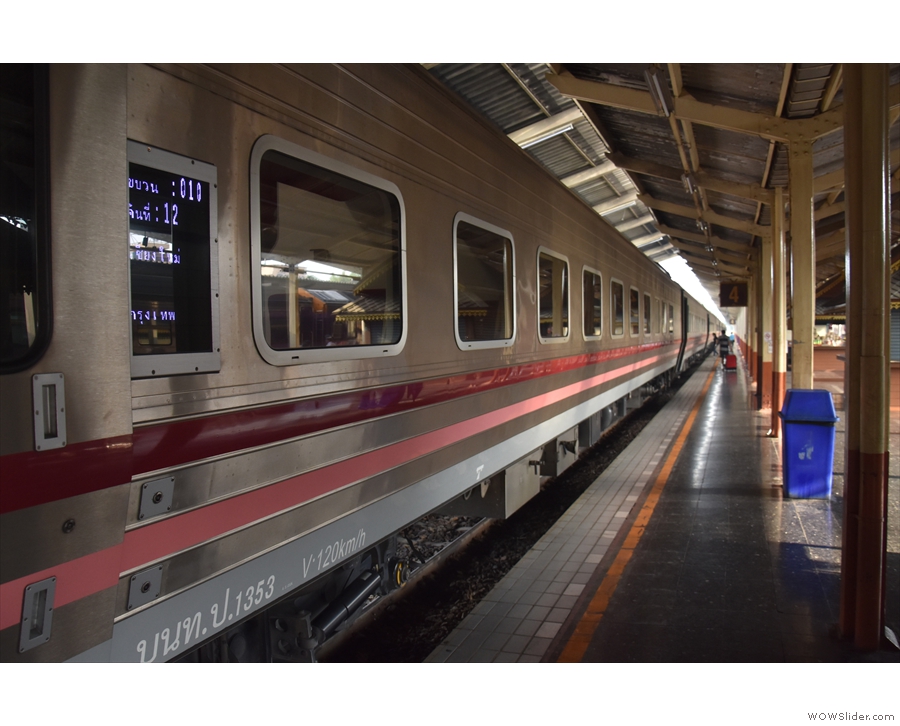


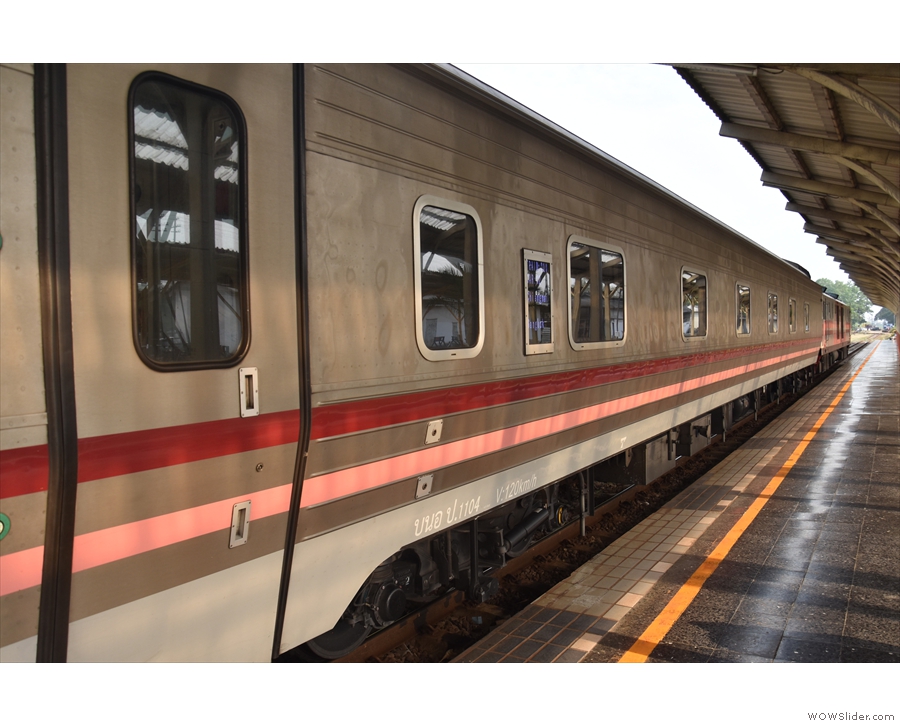
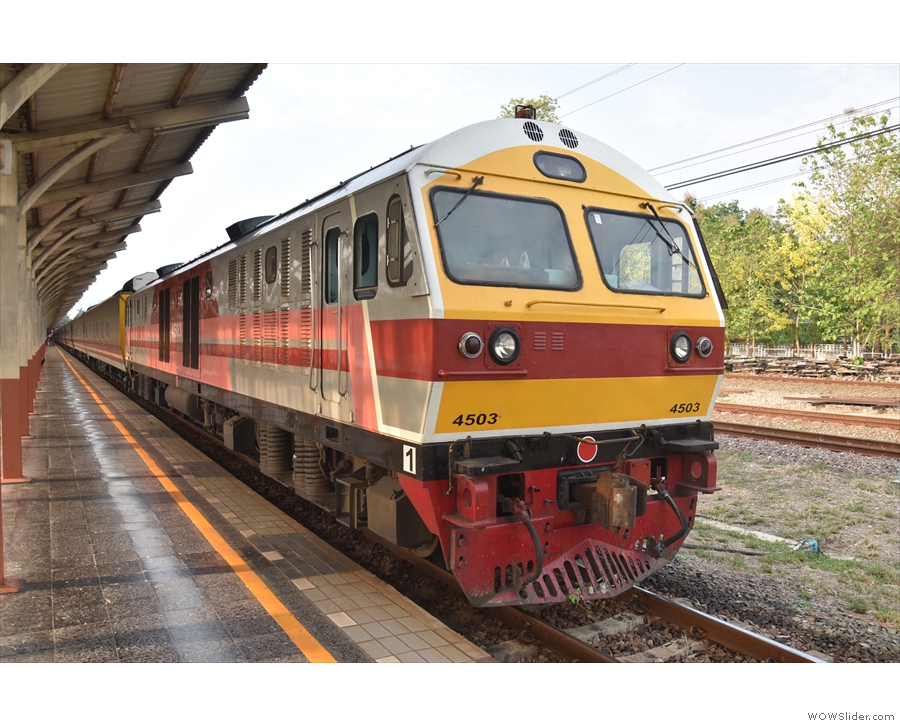



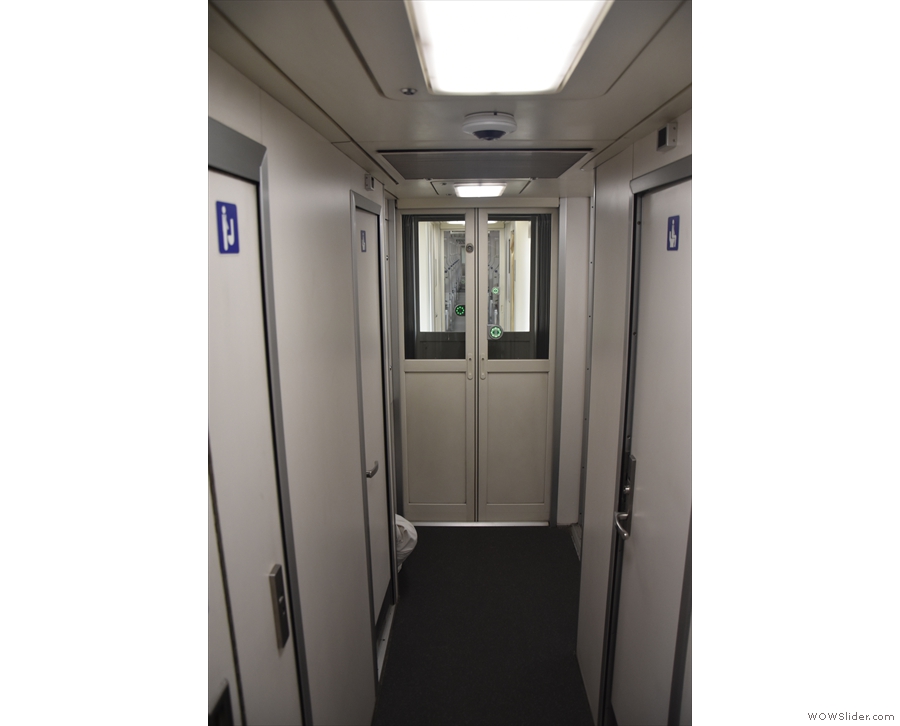










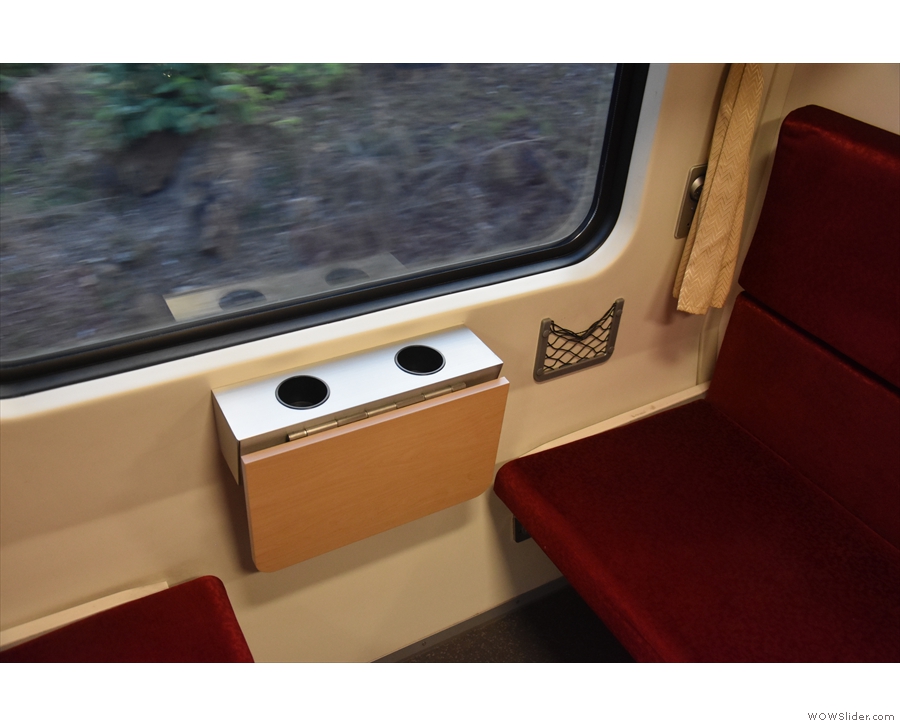





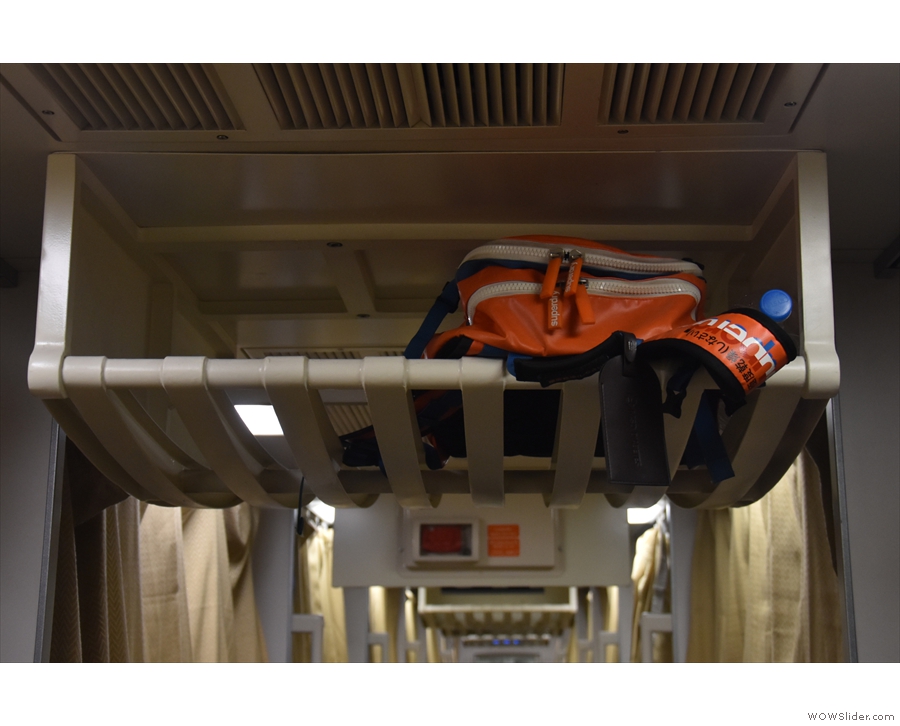










 1
1 2
2 3
3 4
4 5
5 6
6 7
7 8
8 9
9 10
10 11
11 12
12 13
13 14
14 15
15 16
16 17
17 18
18 19
19 20
20 21
21 22
22 23
23 24
24 25
25 26
26 27
27 28
28 29
29 30
30 31
31 32
32 33
33 34
34 35
35 36
36 37
37 38
38 39
39
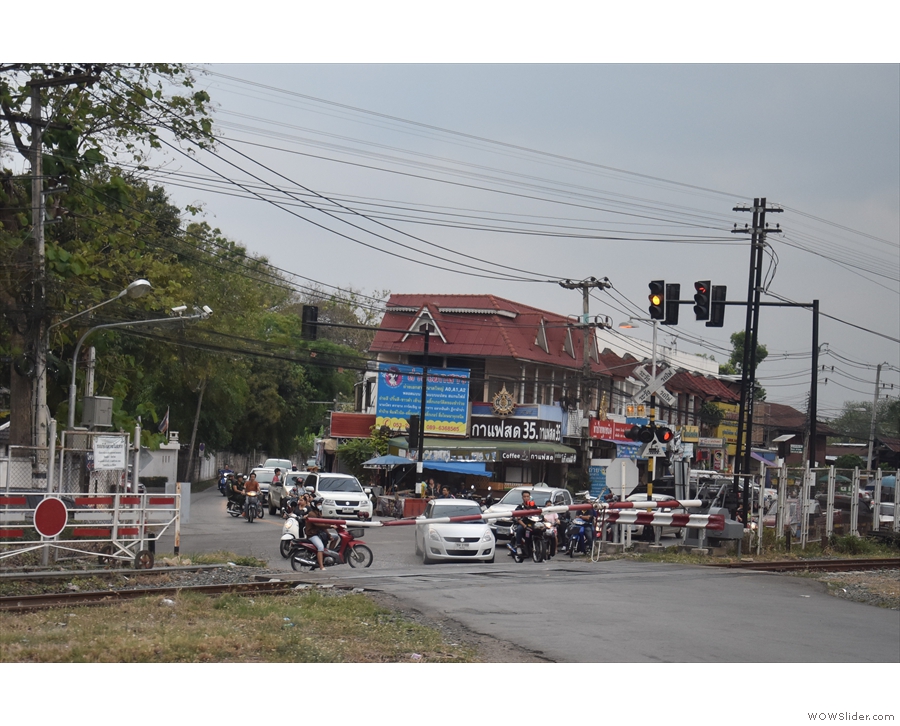


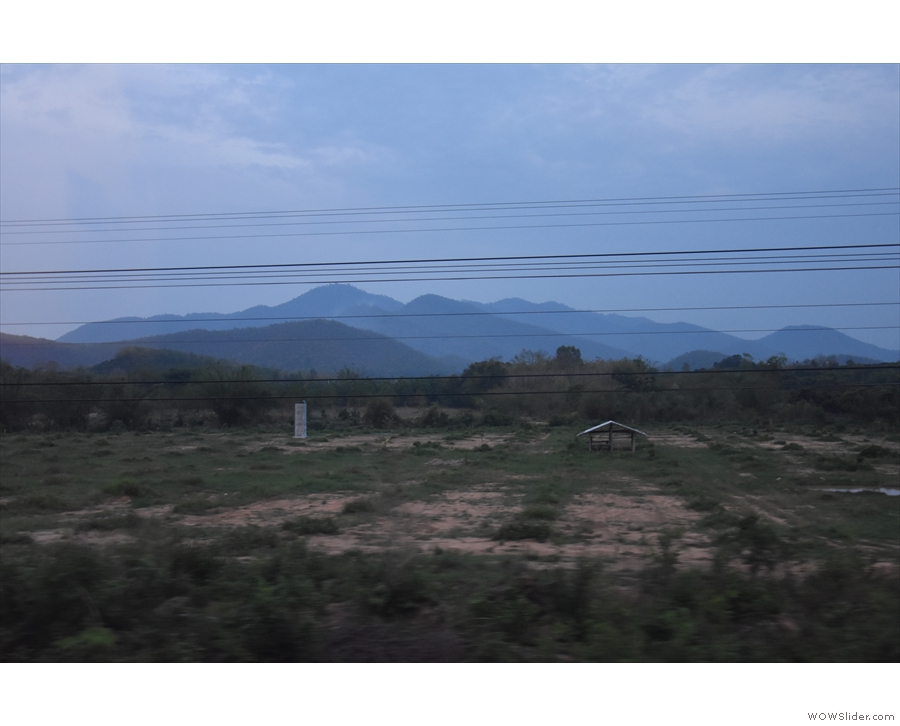






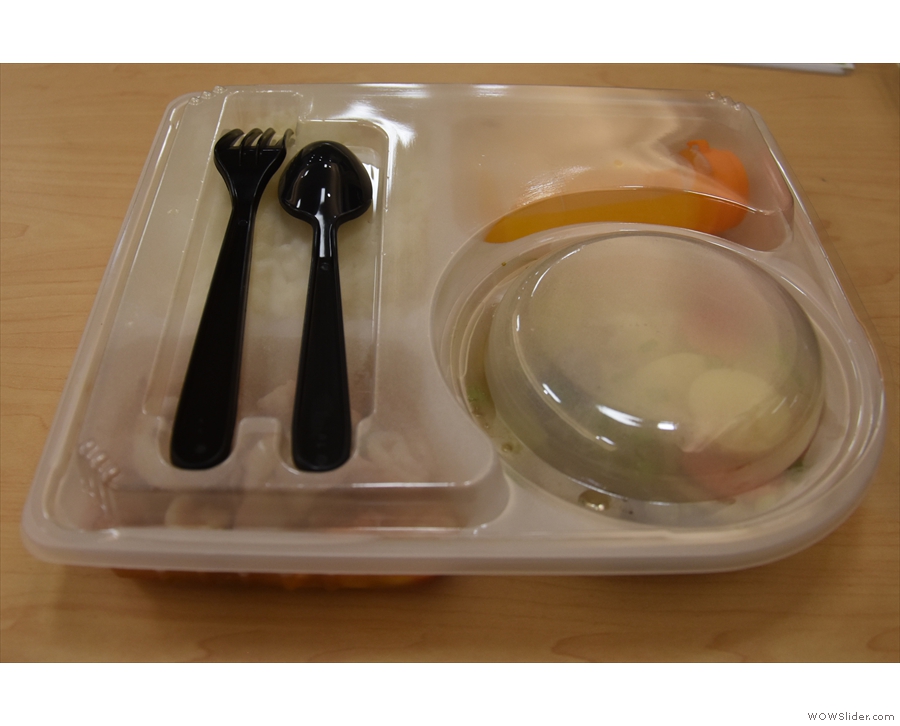


 1
1 2
2 3
3 4
4 5
5 6
6 7
7 8
8 9
9 10
10 11
11 12
12 13
13 14
14
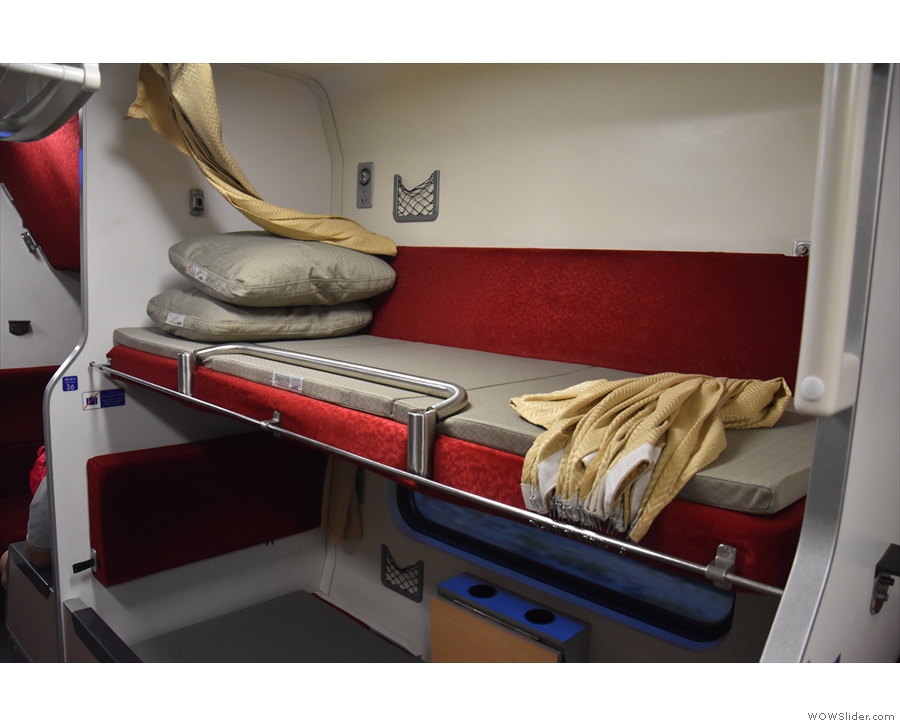
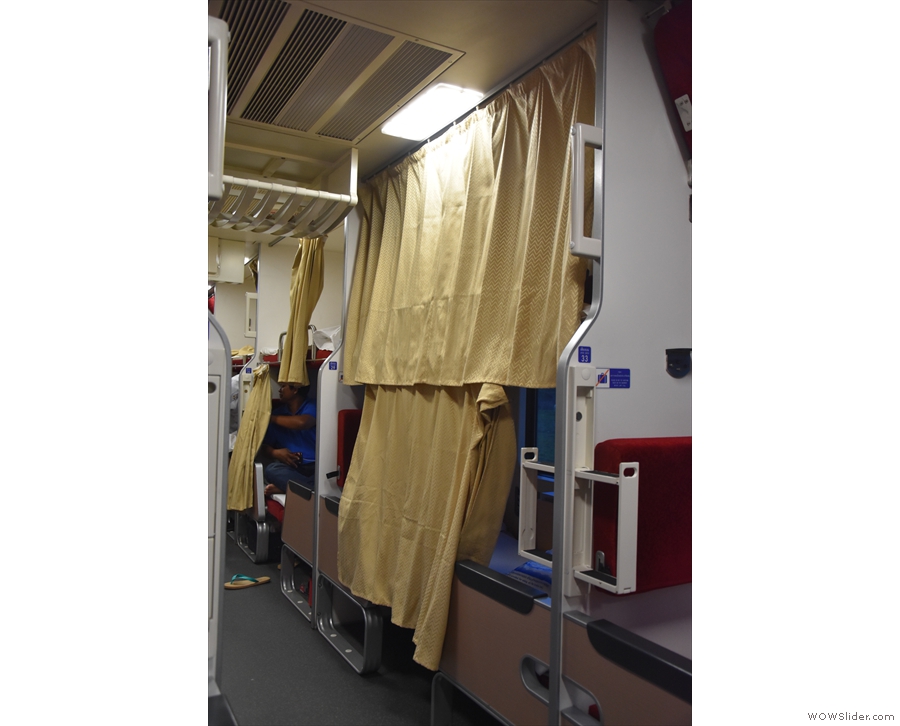


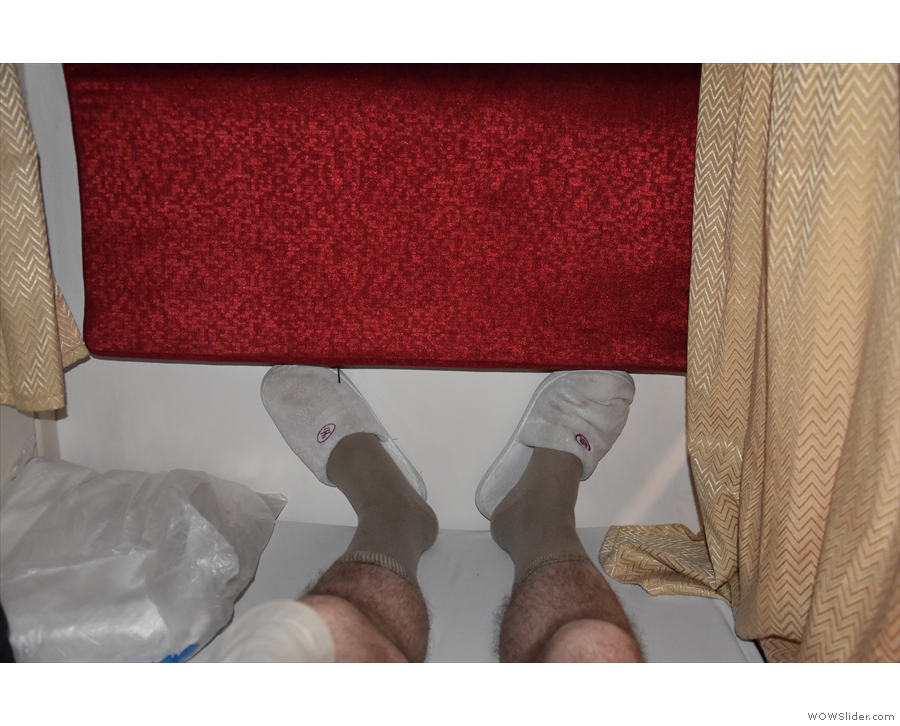
















 1
1 2
2 3
3 4
4 5
5 6
6 7
7 8
8 9
9 10
10 11
11 12
12 13
13 14
14 15
15 16
16 17
17 18
18 19
19 20
20 21
21 22
22
Pingback: Brian’s Travel Spot: The Chiang Mai Sleeper, Special Express #13 | Brian's Coffee Spot
Pingback: Lan Din Coffee | Brian's Coffee Spot
Pingback: Brian’s Travel Spot: Amtrak’s Crescent to New Orleans | Brian's Coffee Spot
Pingback: Brian’s Travel Spot: Caledonian Sleeper to Glasgow | Brian's Coffee Spot
Pingback: Brian’s Travel Spot: Flying to Bangkok | Brian's Coffee Spot
Pingback: Brian’s Travel Spot: Flying from Bangkok (With a Bad Back) | Brian's Coffee Spot
Pingback: Brian’s Travel Spot: The Chiang Mai Sleeper, Special Express #13 | Brian's Coffee Spot
Pingback: Brian’s Travel Spot: Flying to Bangkok | Brian's Coffee Spot
Pingback: Lan Din Coffee | Brian's Coffee Spot